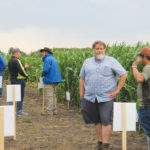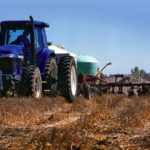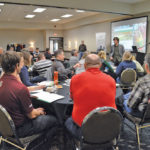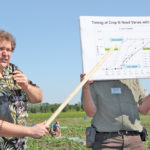The Wheat Growers association says claims that the federal government is threatening to force a 30 per cent reduction in nitrogen fertilizer use, published in a newsletter aimed at consumers, was meant to prove a point. “We aren’t really exaggerating,” said Wheat Growers president Gunter Jochum. “I felt they were not exaggerating because of the government’s track record.” Why
















